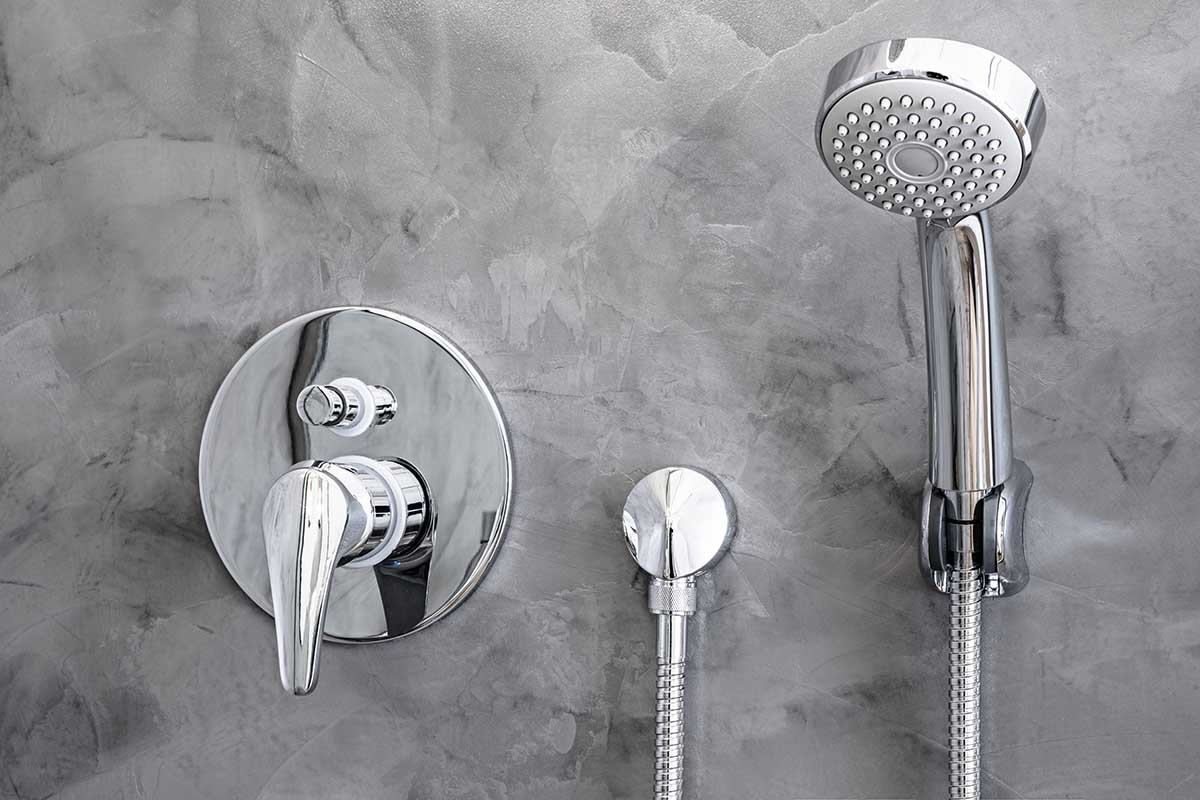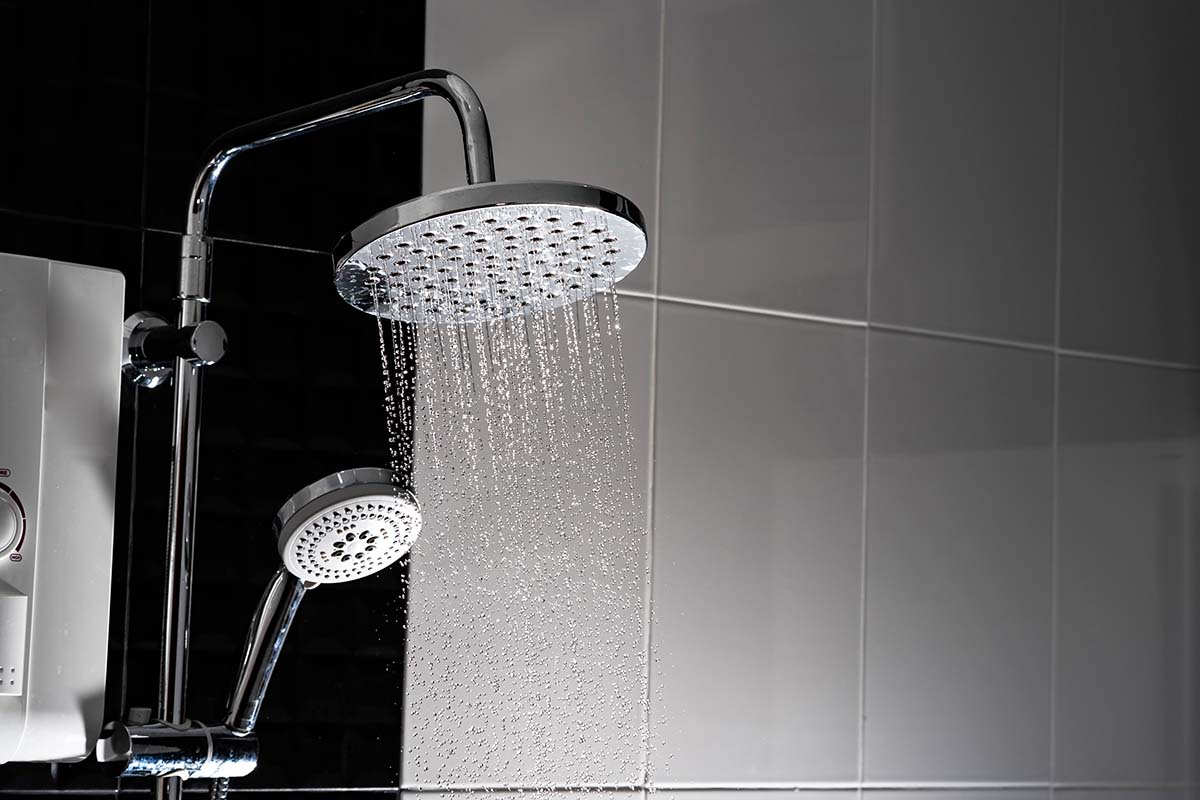What’s the Difference Between Shower Systems and Sets?
Key Points
Functionality & Experience – Shower systems offer multi-functional, spa-like features, while shower sets focus on simplicity, affordability, and ease of installation.
Installation & Space – Systems often require professional installation and more space; sets are DIY-friendly and fit small bathrooms.
Budget & Value – Systems cost more but add long-term comfort and features; sets are budget-friendly for rentals or quick upgrades.
In modern home renovations, the bathroom is no longer just a utilitarian space; it’s become a vital place that reflects quality of life and personal taste.
Especially in American homes, the distinctions between “shower systems” and “shower sets” have become a hot topic, sparking widespread discussion not only for their functionality but also for their aesthetics, ease of installation, and water-saving and environmentally friendly benefits.
By 2025, we see more and more consumers pondering a key question: should I choose a shower system or a shower set?
This article will comprehensively analyze the differences, advantages, usage scenarios, and key purchasing considerations between these two types of shower products, helping you make a more informed decision whether you’re looking to DIY or professionally upgrade your bathroom.
Basic Definitions of Shower Systems and Shower Sets
A shower system is a highly integrated, complete shower solution, typically consisting of a thermostatic mixing valve, main showerhead (overhead shower), hand shower, outlet, flow regulator, and manifold.
Its core focus is control and configuration, emphasizing user control over temperature and water flow patterns, and a premium experience.
Shower sets are more standard, typically including a shower faucet, a shower head (fixed or handheld), a hose, and a mounting bracket.
While their components are relatively simple, they are quick to install, affordable, and suitable for those with basic functional needs.
Comparison of Structure and Function
The greatest advantage of a shower system lies in its multi-functional integration: it supports multiple water outlets, thermostats, water-saving technologies, and intelligent features like massage sprays, creating a spa-like experience.
Shower sets, on the other hand, are relatively basic in terms of functionality, typically offering a single water outlet and lacking advanced features like temperature presets and flow adjustment.
If you’re aiming for a high-end, versatile, and customizable shower space, a shower system is undoubtedly more appealing.
However, if you prioritize easy installation and budget-friendly design, a shower set remains a practical and reliable option.
Installation Difficulty and Space Compatibility
For most American homes, shower system installation requires some plumbing modifications and is recommended to be performed by an experienced plumber, especially if it involves a wall-mounted mixing valve or overhead showerhead. Shower sets are typically surface-mounted, adapting to existing showerheads and easily DIYable.
Many skilled DIYers can also install them themselves.
In small bathrooms, limited space may limit the deployment of shower systems (especially multi-jet systems).
Shower sets, however, offer greater flexibility due to their compact design. However, for new or fully renovated bathrooms, upgrading to a complete system is an option.
Style and Design Aesthetics
In 2025, shower system designs will trend towards more minimalist and modern design, with brushed metal, matte black, rose gold, and chrome silver becoming mainstream.
Concealed plumbing, frameless control panels, and touch-sensitive control systems will also become increasingly common.
Although shower sets are relatively conservative in design, they are seeing increasing innovation in style and materials, such as color-matching flexible hoses, removable and washable shower heads, and integrated water-saving switches, making them equally aesthetically pleasing.
Water Efficiency and Environmental Performance
Amidst rising awareness of energy conservation and environmental protection, many US states have incorporated water efficiency as a key consideration when purchasing home furnishings.
Many high-end shower systems feature advanced flow restrictors, thermostatic energy-saving chips, and air injection technology, effectively reducing water usage by over 20%.
However, some modern shower sets also feature WaterSense-certified showerheads that meet EPA standards, making them equally effective in terms of water conservation.
The key lies in choosing the right model and manufacturer.
Maintenance and Durability Comparison
From a long-term perspective, shower systems have more complex internal structures, and maintenance and parts replacement may require specialized expertise.
However, high-quality brands generally offer a long lifespan and come with warranties of at least five years.
The advantage of shower sets is their simple construction, making them easy to replace and clean.
Most parts can be purchased and replaced separately, reducing maintenance costs.
(Budget vs. Value)
In terms of price, the overall budget for a shower system typically ranges from $500 to $2000, with top-of-the-line models exceeding $3000.
Shower sets, on the other hand, tend to be in the $100-$400 range, making them more suitable for budget-conscious individuals or those renovating a rental property.
If you’re looking for long-term comfort and plan to invest in high-quality renovations, a shower system clearly offers greater value.
Conversely, for short-term rentals or minor renovations, a packaged product offers better value.
According to the Q2 2025 Home Improvement Retail Trends Report, over 65% of new homebuyers prefer shower systems with multi-function controls, particularly in new construction.
Shower sets continue to dominate in secondary renovations and rental renovations due to their flexible installation and budget-friendly design.
Especially in states with strict environmental regulations, such as California, Washington, and New York, consumers are increasingly choosing systems with water-efficiency certifications to qualify for tax deductions and environmental incentives.
Purchasing Tips and Practical Pairing
When choosing a shower system, prioritize the following factors:
Determine the water outlet method (single-way, multi-way) and usage requirements;
Evaluate whether the existing plumbing layout is compatible with a system-based product;
Check for WaterSense, cUPC, and other certifications;
Compare materials (stainless steel, brass, ABS) and their corrosion resistance;
Check the warranty and after-sales service.
For those seeking a consistent bathroom style, pairing a shower system with complementary products such as wall-mounted storage racks, glass shower doors, and anti-fog
LED mirrors can enhance the overall quality and practicality of the space.
Conclusion: Whether to choose a system or a set depends on the user
There’s no absolute superiority or inferiority between a shower system and a shower set.
The key lies in the user’s budget, usage habits, renovation plans, and aesthetic preferences.
In the bathroom era of 2025, which values a balance between individuality and functionality, choosing the one that suits you is the beginning of a truly efficient upgrade.
If you’re a home enthusiast seeking the ultimate in comfort, a shower system is worth the investment; if you’re a pragmatist or someone in the rental market, a shower set will suffice.
And for the skilled DIYer, installing either might be straightforward—the key is understanding your exact needs.




















